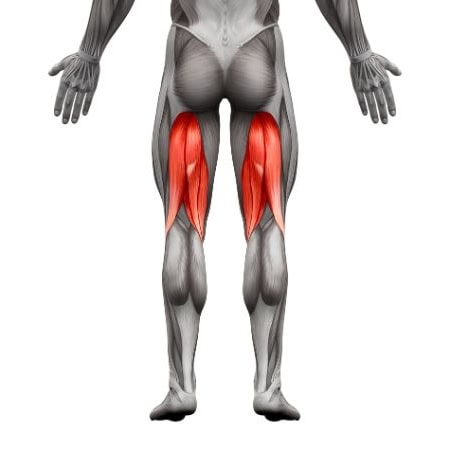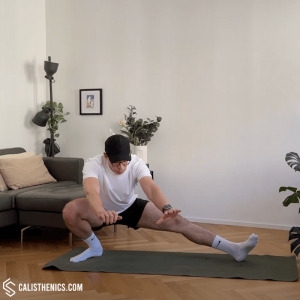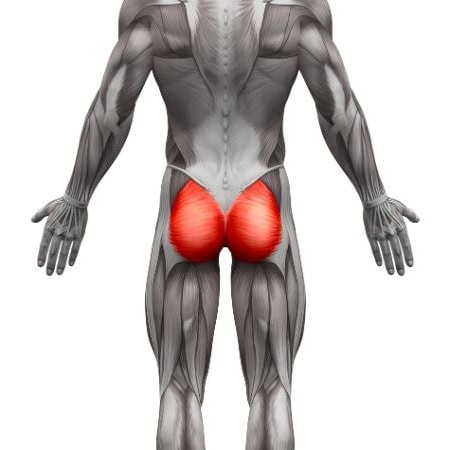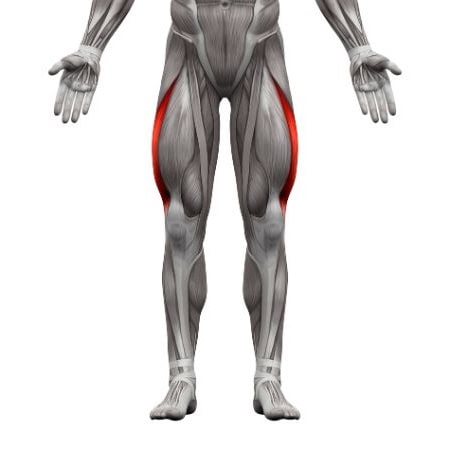Cossack Squats
How to do Cossack Squats?
Cossack squats are a unique lower-body exercise that targets the muscles of the legs, hips, and core. This exercise involves squatting to one side while keeping the other leg extended, creating a wide stance that allows for a deeper stretch in the inner thighs and hips. Cossack squats are excellent for building strength, improving mobility, and enhancing balance, making them a versatile addition to any leg workout routine.
Steps to Perform a Proper Cossack Squat:
1. Set Up in a Wide Stance:
• Begin by standing with your feet in a wide stance, approximately 1.5 to 2 times shoulder-width apart. Your toes can be slightly turned out to allow for hip mobility.
• Engage your core, keep your chest up, and position your arms in front of you for balance.
2. Shift Your Weight to One Side:
• Inhale as you begin shifting your weight onto your right leg, bending your right knee and pushing your hips back as you lower down into a squat position on that side.
• Your left leg should remain extended with your left foot pointing up to the ceiling, keeping the heel on the ground.
3. Descend as Low as Comfortable:
• Lower down until your right thigh is parallel to the ground or as low as your mobility allows. Keep your chest lifted and back straight to maintain good posture.
• Engage your core throughout the movement to stabilize your body.
4. Drive Back to Standing:
• Exhale as you press through your right heel to stand back up, shifting your weight back to the center.
• Return to the starting wide-stance position with both legs straight.
5. Switch Sides:
• Repeat the movement on the opposite side by shifting your weight onto your left leg and lowering into the squat, keeping your right leg extended.
• Alternate sides for the desired number of repetitions, maintaining control and good form throughout.
Benefits of Cossack Squats
• Improves Lower Body Strength: Cossack squats strengthen the quadriceps, glutes, hamstrings, and adductors, making them a highly effective lower-body exercise.
• Enhances Hip and Ankle Mobility: By moving through a wide range of motion, this exercise improves flexibility and mobility in the hips, inner thighs, and ankles.
• Builds Core Stability and Balance: The lateral shift of weight in Cossack squats requires strong core engagement, enhancing balance and coordination.
• Targets Multiple Muscle Groups: This exercise targets several muscle groups at once, providing a comprehensive workout for the legs, hips, and core.
• Corrects Muscle Imbalances: By focusing on each leg individually, Cossack squats help correct muscle imbalances and improve unilateral strength.
• Improves Athletic Performance: The combination of strength, flexibility, and balance gained from Cossack squats can improve performance in sports and other physical activities.
• Accessible Without Equipment: Cossack squats are a bodyweight exercise and can be performed anywhere, making them a versatile addition to any workout routine.
Common Mistakes to Avoid
• Rounding the Back: Avoid rounding your back as you descend. Keep your chest lifted and your back straight to maintain good posture and prevent strain.
• Letting the Heel Lift: Keep the heel of your squatting leg flat on the ground. Allowing the heel to lift can place extra strain on the knee and reduce stability.
• Collapsing the Knee Inward: Make sure the knee of your squatting leg stays in line with your toes. Avoid letting it collapse inward, which can cause knee strain.
• Going Too Fast: Perform the exercise slowly and with control. Rushing through the movement can lead to poor form and reduce muscle engagement.
• Using Momentum: Avoid using momentum to push back up. Focus on controlled movement and engaging the leg and glute muscles to drive the ascent.
Tips for the proper execution of Cossack Squats
Foot Positioning: Keep the foot of your squatting leg flat on the ground, while the opposite foot should remain flexed with the heel down and toes pointing up.
Engage the Core: Keep your core engaged to maintain balance and stabilize your spine throughout the movement.
Maintain an Upright Chest: Avoid rounding your back. Keep your chest lifted and your torso upright as you descend into the squat. Initially you can bend forward to make it easier but always keep the back straight.
Control the Descent: Move slowly and with control, especially when lowering down, to maximize muscle engagement and avoid overstraining the knees.
Depth Range: Go as deep as your mobility allows, working within a comfortable range. Over time, you’ll be able to increase your range of motion as your flexibility improves.
Muscles worked when doing Cossack Squats
Primary Muscles:
•Quadriceps: The quadriceps are heavily engaged in the squatting leg to support the descent and ascent of the movement.
•Glutes: The gluteus maximus and medius are activated to help stabilize and power the squat, especially when driving back up to the starting position.
Secondary Muscles:
•Hamstrings: The hamstrings work to support hip and knee stability as you squat to each side.
•Adductors (Inner Thighs): The adductor muscles are stretched in the extended leg, improving flexibility and assisting with stabilization.
•Core: The abdominals and obliques are engaged to stabilize the torso and maintain balance during the lateral movement.
•Hip Flexors: Engage to help control the descent and stabilize the hip joint.
•Calves: Assist with stabilizing the foot and ankle on the squatting side, helping to maintain balance.
Primary Muscle(s):
Secondary Muscle(s):

Hamstring
Equipment needed for Cossack Squats
No equipment needed for this exercise.
Adjust the difficulty of Cossack Squats
How to make Cossack Squats harder?
How to make Cossack Squats easier?
How to make Cossack Squats harder?
To make Cossack Squats harder:
-
Add Weight: Hold a dumbbell or kettlebell in front of your chest (goblet-style) to add resistance, making the exercise more challenging for the legs and core.
-
Increase Depth: Work on getting as low as possible in the squat while maintaining good form to increase range of motion and muscle engagement.
-
Add a Pause: Pause at the bottom of the squat for 2-3 seconds before standing back up. This increases time under tension and further challenges the muscles.
-
Perform for Higher Repetitions or Sets: Increase the number of repetitions or sets to further challenge your endurance and strength.
How to make Cossack Squats easier?
To make Cossack Squats easier:
-
Reduce Depth: Instead of lowering all the way down, perform a partial squat by descending only halfway to reduce the intensity while building strength and flexibility.
-
Use Support: Hold onto a stable surface, like a chair or a wall, to help with balance and stability as you perform the movement.
-
Widen the Stance Gradually: Start with a stance that is slightly wider than shoulder-width and gradually work up to a full Cossack squat stance as your flexibility improves.
-
Limit Repetitions: Start with a smaller number of repetitions (e.g., 5-6 per side) to practice form and build strength over time.




